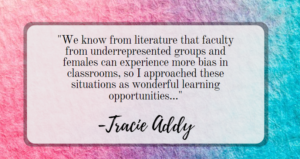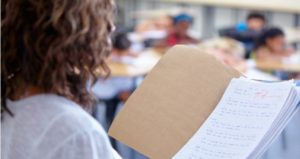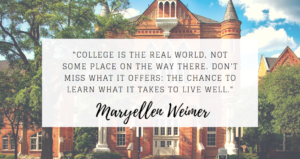
Scholarship: More Than Just ‘Publish or Perish’
The area of Scholarship has been defined in a somewhat narrow sense. This is reflected in an article by Plume and van Weijen (2014), where

The area of Scholarship has been defined in a somewhat narrow sense. This is reflected in an article by Plume and van Weijen (2014), where

This week on The Focus is You, we’re learning a bit more about Tracie Addy, PhD, MPhil, Director of the Center for the Integration of

I started teaching economics in higher education almost a decade ago, and yet the memory of the first time I asked a student to meet

A wise and dear colleague of mine, now retired, once said to me as we walked to class, “I teach for free; they pay me

Many college courses employ multiple choice (MC) tests as a primary means of assessment. Although these are sometimes critiqued (Kaufman, 2001), modifications can be made

To kickstart The Focus is You, a short Q&A that features a different Faculty Focus member every Thursday, we’re featuring Maryellen Weimer, editor of The

The approach to course reading described here is not the result of some altruistic action to save students money on textbooks. Nor was it a

Some of the recurring topics on Faculty Focus in the past ten years pertain to handling excuses, extension requests, and late work, because teachers regularly

Most would agree the classroom is a place for discourse, reflection, and learning. But, whose class is it? Who’s doing the learning—the teacher or the

I have taught mathematics for 38 years and am puzzled by why the analogies I was taught throughout my youth have been lost. I believe
Get exclusive access to programs, reports, podcast episodes, articles, and more!